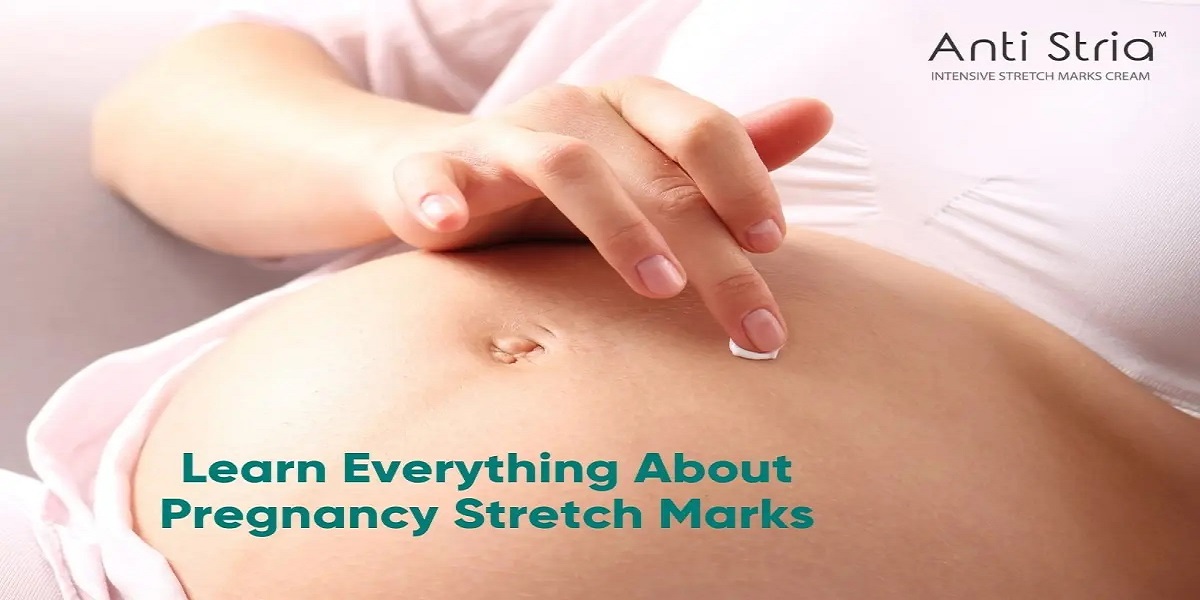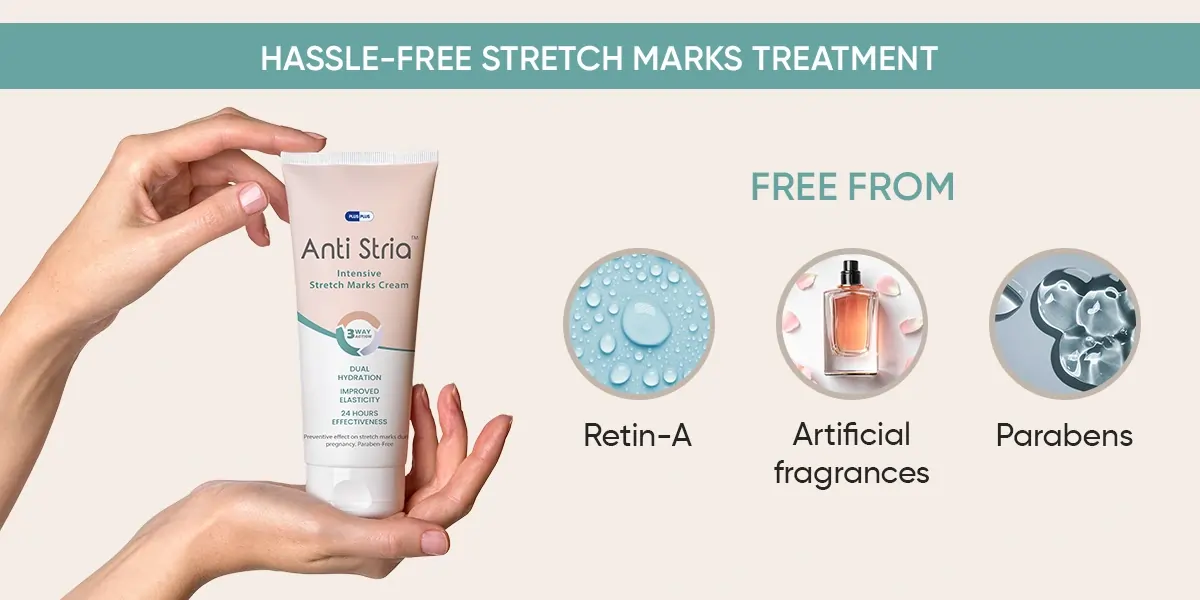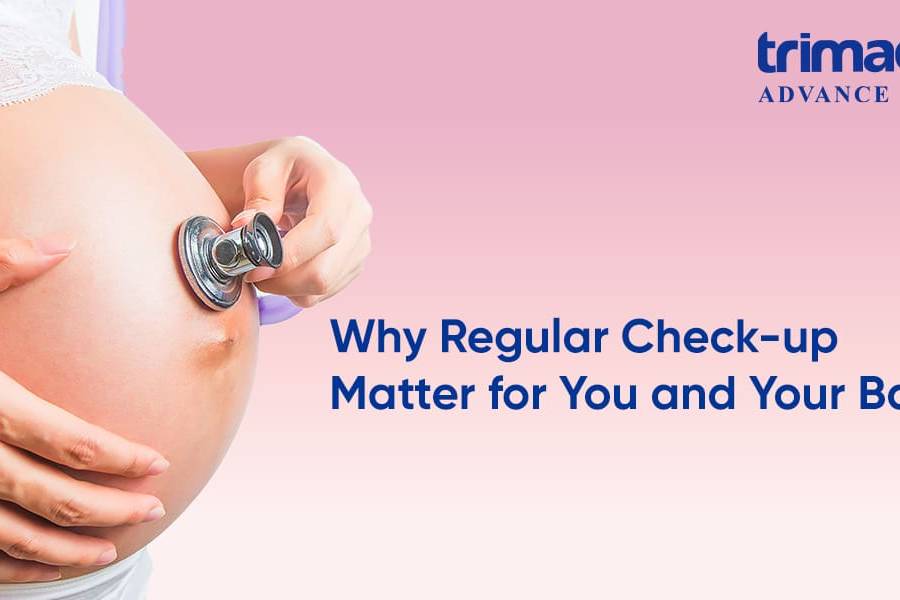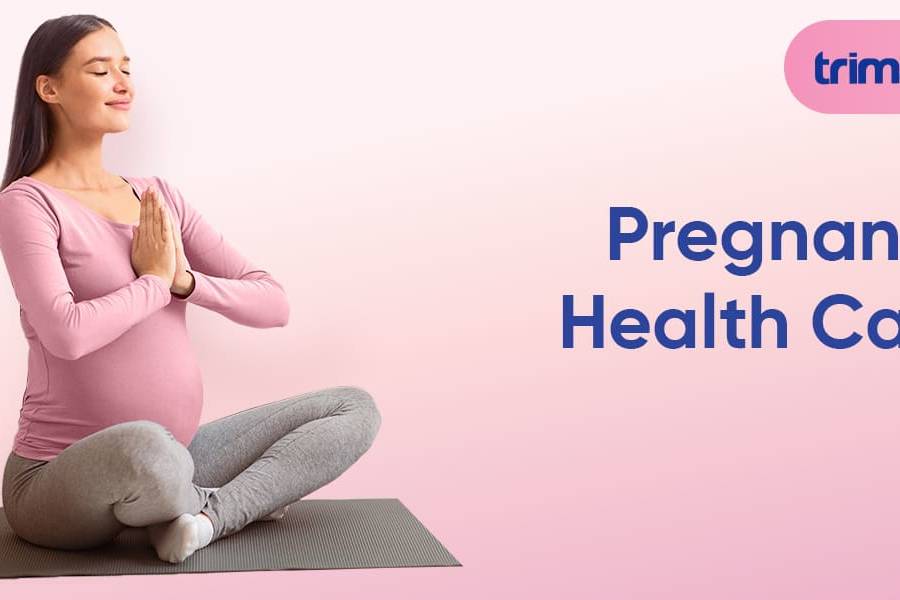Do you know how stretch marks occur? When the skin stretches too much or very quickly, it can damage the tissues, leading to stretch marks.
Both men and women are susceptible to it. During puberty, young girls are at risk of developing stretch marks.
During pregnancy, your body changes in incredible ways as your baby grows—your skin stretches, your hormones rise, and your shape changes. Among these changes, pregnancy stretch marks are one of the most common and frequently distressing concerns for pregnant mothers.
However, the reality is that stretch marks are common. Around 90% of pregnant women experience them. You can handle stretch marks throughout pregnancy with grace and confidence if you know what causes stretch marks during pregnancy, when they emerge, and how to prevent or treat them.
What are pregnancy stretch marks?
Pregnancy stretch marks are long, thin lines or streaks that appear on the skin due to the skin’s rapid stretching. They are also known as ‘striae gravidarum’. They appear in a reddish, purple, or silvery-white colour, depending on the stage of growth and your skin tone. The areas are more prone, such as the stomach, breasts, thighs, hips, and buttocks, to develop stretch marks.
So, when do pregnancy stretch marks appear in pregnancy? Most women become aware of them during the second or third trimester, when the baby’s growth and skin stretching are at their peak. However, depending on your body type and other risk factors, they may also begin to form early.
But they can start to develop early, depending on your body type and other risk factors.
What Causes Stretch Marks in Pregnancy?
Understanding what causes stretch marks during pregnancy can help with prevention and treatment. The main causes are as follows-
- Hormonal changes: Your skin becomes less elastic due to the weakening of collagen and elastin fibres caused by pregnancy hormones like cortisol.
- Rapid stretching: Skin stretches rapidly as your baby grows, and the slight tearing of the connective tissues underneath leads to stretch marks.
- First-time mothers: Since the skin is expanding so rapidly for the first time during a woman’s first pregnancy, stretch marks are more common during this period.
- Nutritional deficiencies: Insufficient amounts of zinc, vitamin C, or protein might hinder the resilience and healing of the skin, causing stretch marks.
- Genetic predisposition: Your chances of developing stretch marks are increased if you have a family history of stretch marks.
Who Is at Higher Risk of Stretch Marks?
Stretch marks can affect everybody, but some women are more vulnerable than others. Among the high-risk people are:
- Younger mothers, particularly teenagers, are more prone to develop stretch marks as their skin breaks.
- Women who have stretch marks in their family.
- Those who gain weight excessively or quickly when pregnant.
- Mothers having twins or multiples.
Can You Avoid Stretch Marks?
Even though stretch marks are partially inherited, preventive measures can significantly lessen their intensity and appearance. Here’s how to begin using natural methods to avoid stretch marks:
- Drink enough water to keep your skin supple and plump.
- Use pregnancy-safe stretch mark treatments or emollients like cocoa butter to moisturise every day.
- Manage your weight gain by gaining weight gradually and within the range that your doctor has prescribed.
- Consume foods high in protein, vitamin C, vitamin E, and zinc to increase collagen.
- Regular massage: A light massage maintains skin suppleness and increases blood flow.
- Light exercise: Exercises that promote circulation and general skin health include walking and prenatal yoga.
Pregnancy Stretch Mark Treatment Options
Let’s discuss stretch marks during pregnancy and their treatment options. Making an informed decision is essential because not all treatments are safe during pregnancy.
A.Home Remedies
Many women use natural remedies such as coconut oil, aloe vera, castor oil, and shea butter. These components provide modest calming effects and moisture. They have a sluggish and insignificant effect on the real elimination of stretch marks, nevertheless. While they are helpful for preventing stretch marks naturally, their usefulness in reversing them is limited.
B. Health Care Interventions
Postpartum care typically involves medical treatments. Among them are:
- Retinoid creams: Made from vitamin A, they work well to regenerate skin but are unsafe to use while pregnant.
- Laser therapy and chemical peels: They encourage the formation of collagen; however, they are only advised following childbirth and lactation.
C. Lotions and Creams for Topical Use
Most women find a dependable, secure answer here. Selecting the best stretch mark removal cream might have a significant impact. Seek out:
- Formulation is safe for pregnancy or not
- Ingredients that have undergone clinical testing
- Properties of deep hydration and skin regeneration
How Anti Stria helps Treat Pregnancy Stetch Marks?
Anti Stria is one of the most reputable brands among Indian mothers, a scientifically formulated cream created especially for stretch marks during pregnancy and offers an effective treatment.
This is how it works:
- Anti Stria stretch mark cream, containing Lactic Acid, stimulates collagen production, improves skin texture, increases hydration, reduces dark spots, hyperpigmentation, and promotes rejuvenated skin.
- With consistent usage, it promotes skin regeneration and reduces scarring.
- Safe cream for stretch marks during pregnancy: It doesn’t include harsh chemicals or parabens.
- Dermatologist-tested for sensitive skin and has a non-greasy feel.
- Designed with safety for pregnancy and the postpartum period.
When and how to use Anti Stria Stretch Marks Cream?
Start using Anti Stria as early as your second trimester for optimal benefits, or as early as you notice tight or itchy skin.
Application Tips:
- Apply once daily.
- Massage the cream into the hips, thighs, breasts, abdomen, and other areas that are prone to stretching using light circular motions.
- To improve absorption, make sure your skin is clean and just a little wet.
The secret is consistency! After giving birth, many women notice improvements in their stretch marks after delivery.
ANTI STRIA is a scientifically formulated pregnancy stretch marks cream that combines the best of nature and science to nurture your skin by reducing stretch marks and preventing stretch marks, all with a once-daily application.
Conclusion
Your body goes through many transitions during pregnancy, and stretch marks are a normal part of that. Although some people may not be able to prevent them, they are completely manageable with the right care and attention.
They can be considerably less noticeable with early prevention, hydration, a healthy diet, and the application of stretch marks creams such as Anti Stria. Whether you are expecting your third child or your first, you should take care of your skin with safe, efficient, and customised products.
Take pride in your journey as a mother and remember that you can always take care of pregnancy stretch marks, even if they don’t define your attractiveness.
FAQs
1. Can I completely prevent stretch marks during pregnancy?
You cannot prevent stretch marks completely, but you can reduce their severity by staying hydrated, moisturising daily, maintaining a healthy weight gain, and eating a collagen-boosting diet. You can use a reliable stretch mark cream that fades away your stretch marks and makes your skin look youthful.
2. How can stretch marks be eliminated after delivery?
Topical treatments, laser therapy, chemical peels, and natural remedies can all be used to reduce postpartum stretch marks. Seek out the best stretch mark removal cream that contains moisturising and skin-regenerating ingredients.
3. What distinguishes Anti Stria from other stretch marks creams?
Anti Stria contains lactic acid and other natural ingredients that help increase skin suppleness and promote skin regeneration. It is dermatologist-tested, non-greasy, paraben-free, and safe for pregnant mothers.
A Certified Nutritionist with a rich healthcare background in health journalism, the author has immense experience in curating reader-friendly, engaging, and informative healthcare blogs to empower readers to make informed pregnancy-related decisions.












